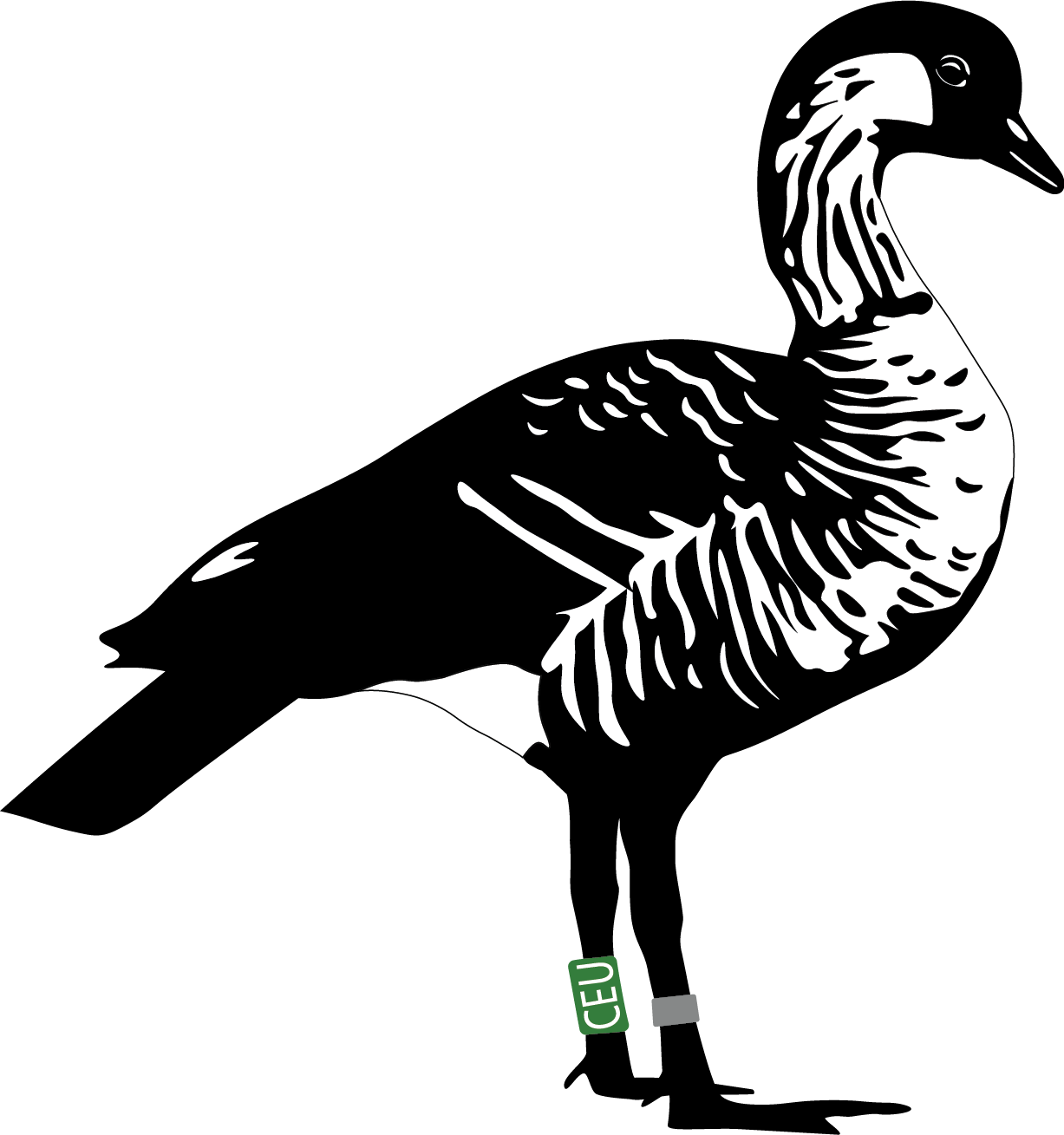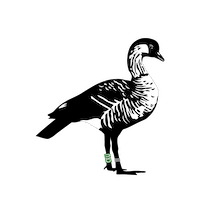Mongoose
The presence of introduced mammals is a primary factor that limits the breeding success and survival of nēnē. The small Indian mongoose (Herpestes auropunctatus) was introduced to the Hawaiian archipelago in 1883, and quickly became widespread on Oahu, Molokai, Maui, and Hawaii Island, from sea level to elevations as high as 7,000 ft (2,130 m)(Tomich 1986). Various studies have reported the damaging effects of mongoose predation on nēnē eggs, with some citing mongoose as the main cause of nest failures (Hoshide et al. 1990), (Banko 1992), (Black and Banko 1994). Additionally, these invasive species are known to prey on adult and juvenile nēnē, (Kear and Berger 1980), (Banko and Elder 1990). Despite the significant threat posed by mongoose, the nene population on Kauai has fared relatively well. This suggests that they may be the most significant predator on Hawaii Island and Maui (Banko et al. 1999).
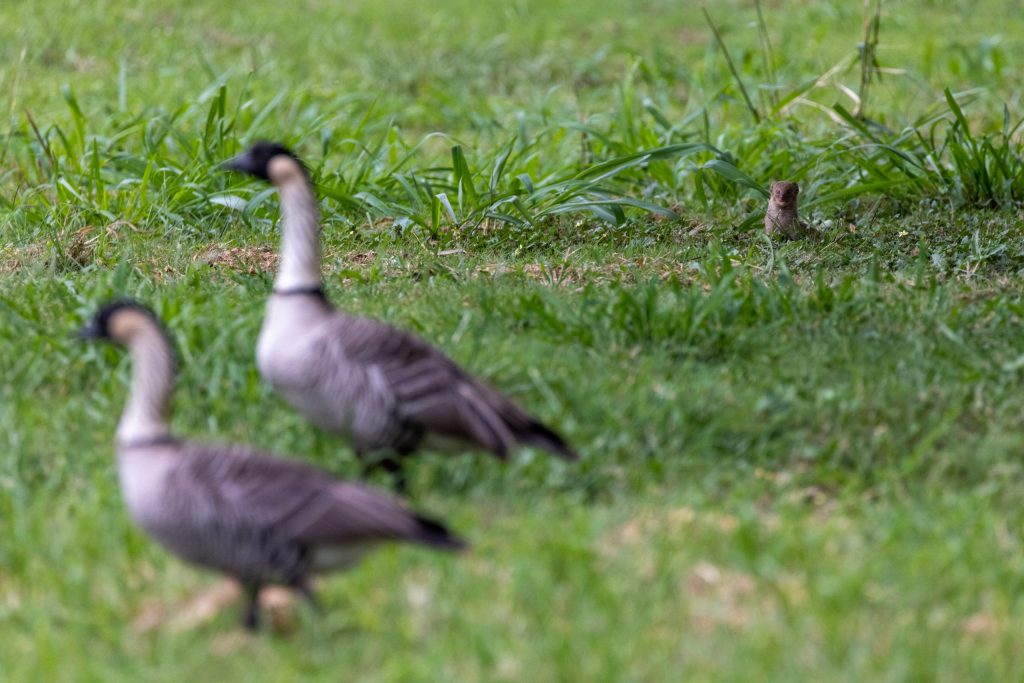
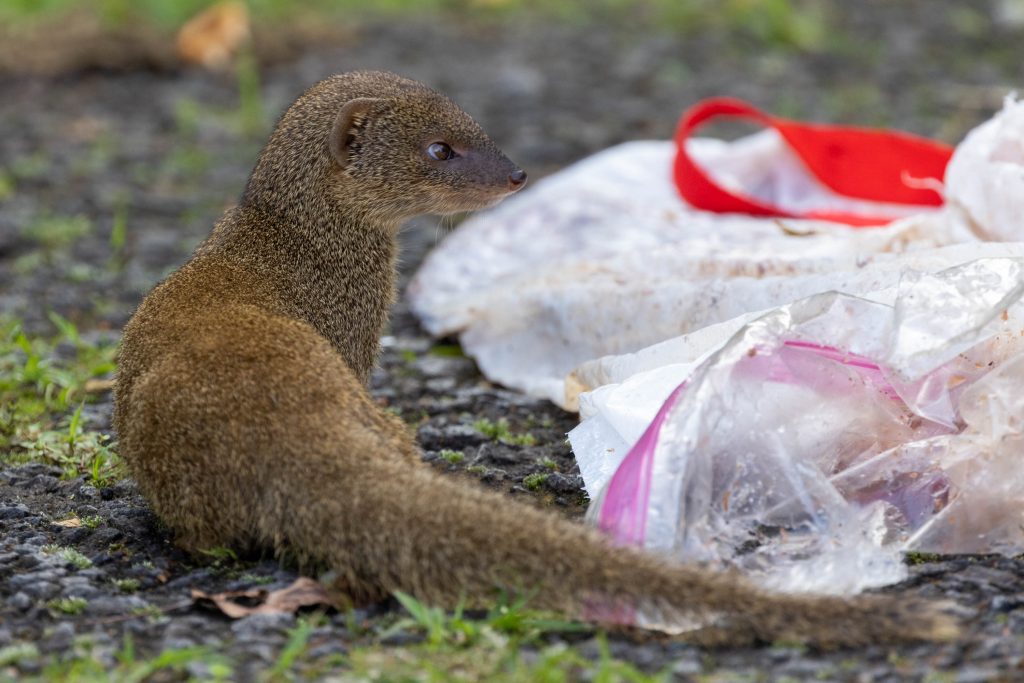
What are we doing about it?
87% of the donations we received in 2023 were spent directly on predator control in critical habitats for nēnē and other waterbirds. Our efforts led to the removal of at least 406 mongoose, based on carcass counts. This number is potentially higher, as it only includes carcasses that we could find. We use a variety of trap types and depend on volunteers to help us check live traps everyday. If you want to help with trapping in Hawaiʻi please contact us!

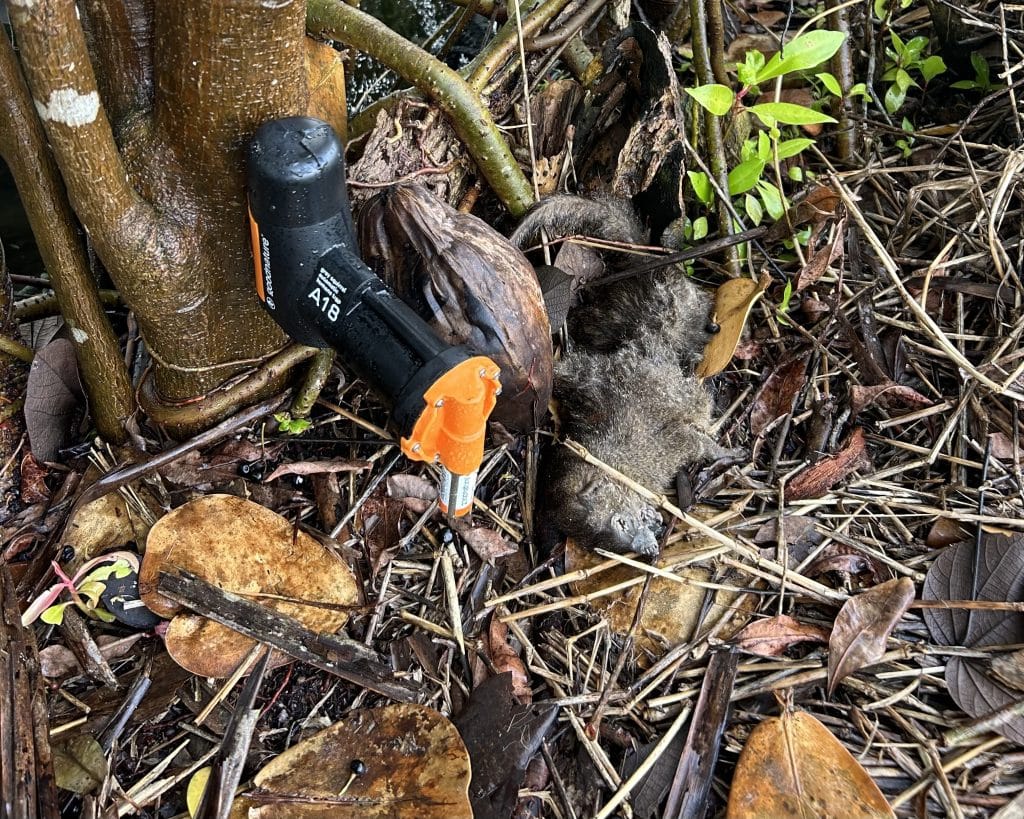
Current Regulations
Hawai’i Injurious Wildlife (HAR 124): It is against Hawai’i State law for any person to introduce, keep or breed any mongoose within the State except by permit from HDOA; permits are not issued for Kaua’i County or the island of Lana’i. Fines for violations are between $250 and $1,000 for each mongoose introduced, kept or bred. HDOA Animal Industry Division Quarantine Rules HAR 142-92.
Mongoose were introduced as biocontrol?
False! The introduction of mongoose to Hawaiʻi is often cited as an example of biocontrol, however, it is important to note that the introduction of this species by private individuals in the sugarcane industry was not part of any scientific biocontrol process. Mongoose were not subjected to rigorous scientific evaluation before their introduction to Hawaii and, therefore, should not be considered an example of biocontrol.
report sightings on Kauaʻi or Lanaʻi
If you see this species on Kauaʻi or Lanaʻi call 643-PEST or visit 643pest.org.
